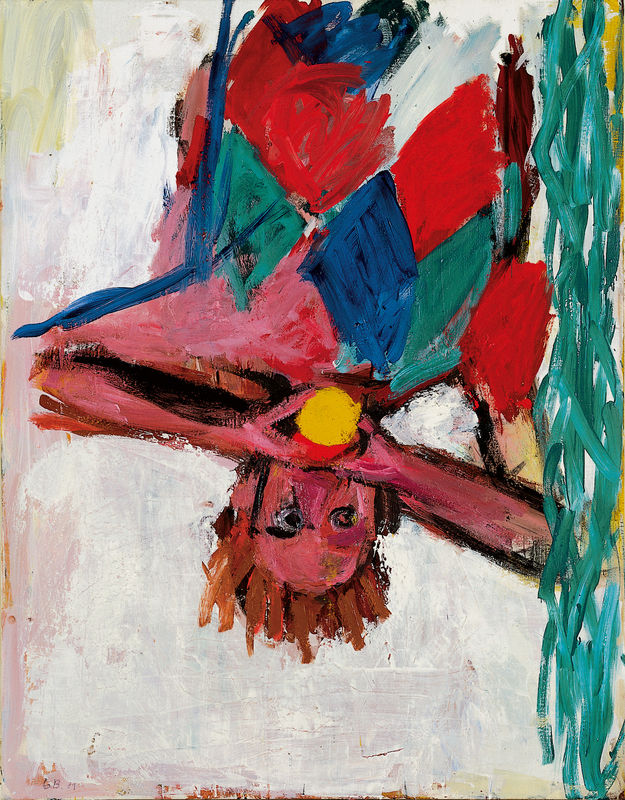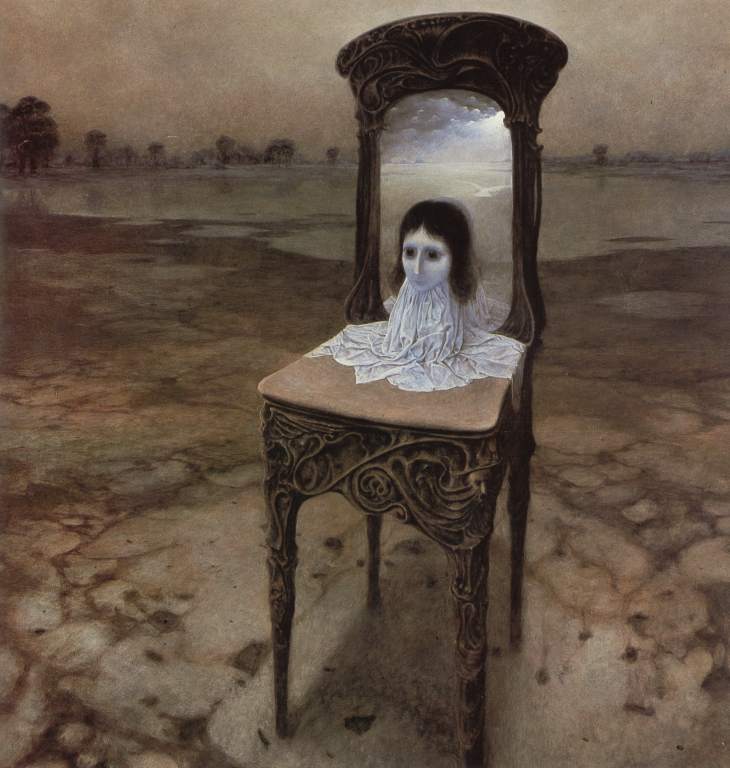let me start by saying that i really enjoy watching Jon Stewart's Daily Show. it is usually a well-written and well-researched show, as the recent well publicised exchange with Jim Cramer showed. as far as i'm concerned, Jon Stewart is on the right side of the debate ethically - and he's entertaining and funny and that counts for something in the difficult business of getting more people interested in the news.
i want to criticise one thing that has been bugging me because i think it is beside the point and it distracts from the real problem. In his interview with Gwen Ifill at the end of January, for example, at 5:25
Jon Stewart, perhaps jokingly, proposes to just use the bailout money to pay consumers to pay off their (bad) loans. although this sounds like a deceptively simple and workable idea, so much so that i've heard it in private conversation repleatedly, i believe it will not work within the current monetary system. accordingly, Gwen Ifill politely told him she'd get back to him on this. unfortunately, it seems she didn't, because in march Jon Stewart proposed the same thing to Joe Nocera, at 3:25.
Joe Nocera replies that there is so much of it (the debt). this is only partially true.
in fact, banks produce money out of thin air by lending. two valuable items are created, the loan and the promise of the borrower to repay it. if loan #1 is now spent and paid into another bank by a seller of goods, a fraction of this, often 10%, can be used as deposit against another loan of nine times that, i.e. nine tenths of the original loan, and so on ad infinitum.
(this is a geometric series that converges to ten. as the bank only needs to have a 10% deposit against the original loan, the original deposit is mulitplied ninetyfold in the long run. in the eurozone, where the required reserve ratio is only 2%, this factor increases to 2450. the uk has a "voluntary" reserve ratio system. you can imagine what that means.)
since the money flows in a closed system, the amount of money is increased. conversely, if a loan is payed back (including interest), money is destroyed. so Jon Stewart's idea is counterproductive because it actually removes money from circulation and exacerbates the current liquidity crisis, as most companies depend on fresh credit to keep going.
or, if you want to look at it this way, Jon Stewart's idea falls short because for it to work, the entire system would have to be changed. i don't think this is likely to happen. now would be the moment to do this and i have heard nothing of it.
on the contrary, the the banking bailout injects money into the system twofold: by taking out loans from the banks (and promising to repay them) and investing that money back into them.
i believe Jon Stewart would look better accepting that this is the only thing that works within the current system, or propose a better system instead.
the current system is described in a pdf document by the the Federal Reserve Bank of Chicago, for a more entertaining take on it, have a look at this video.
more Jon Stewart clips on the subject can be found by searching "bailouts" on thedailyshow.com.
i want to criticise one thing that has been bugging me because i think it is beside the point and it distracts from the real problem. In his interview with Gwen Ifill at the end of January, for example, at 5:25
Jon Stewart, perhaps jokingly, proposes to just use the bailout money to pay consumers to pay off their (bad) loans. although this sounds like a deceptively simple and workable idea, so much so that i've heard it in private conversation repleatedly, i believe it will not work within the current monetary system. accordingly, Gwen Ifill politely told him she'd get back to him on this. unfortunately, it seems she didn't, because in march Jon Stewart proposed the same thing to Joe Nocera, at 3:25.
Joe Nocera replies that there is so much of it (the debt). this is only partially true.
in fact, banks produce money out of thin air by lending. two valuable items are created, the loan and the promise of the borrower to repay it. if loan #1 is now spent and paid into another bank by a seller of goods, a fraction of this, often 10%, can be used as deposit against another loan of nine times that, i.e. nine tenths of the original loan, and so on ad infinitum.
(this is a geometric series that converges to ten. as the bank only needs to have a 10% deposit against the original loan, the original deposit is mulitplied ninetyfold in the long run. in the eurozone, where the required reserve ratio is only 2%, this factor increases to 2450. the uk has a "voluntary" reserve ratio system. you can imagine what that means.)
since the money flows in a closed system, the amount of money is increased. conversely, if a loan is payed back (including interest), money is destroyed. so Jon Stewart's idea is counterproductive because it actually removes money from circulation and exacerbates the current liquidity crisis, as most companies depend on fresh credit to keep going.
or, if you want to look at it this way, Jon Stewart's idea falls short because for it to work, the entire system would have to be changed. i don't think this is likely to happen. now would be the moment to do this and i have heard nothing of it.
on the contrary, the the banking bailout injects money into the system twofold: by taking out loans from the banks (and promising to repay them) and investing that money back into them.
i believe Jon Stewart would look better accepting that this is the only thing that works within the current system, or propose a better system instead.
the current system is described in a pdf document by the the Federal Reserve Bank of Chicago, for a more entertaining take on it, have a look at this video.
more Jon Stewart clips on the subject can be found by searching "bailouts" on thedailyshow.com.













